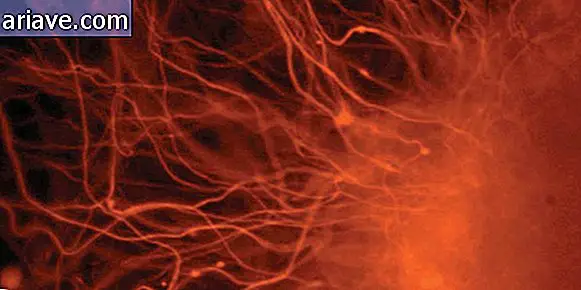How does NASA use Photoshop to create such beautiful space images?
You may already know that the photos we see from space do not reach us without retouching, right? Years ago, NASA itself confirmed that it uses Photoshop to make the most beautiful space photographs - prior to computer graphics editing, collages were required for a number of adaptations. But there had never been much detail about what the "space photoshop" process is like.
Now Adobe has made a very interesting post on its official blog to show how image editing software helps NASA achieve the best results. For, to begin with, the person in charge of the editions is not a formation designer, but an astronomer. That's right ... Even NASA image editing is done by a dedicated astronomy scientist. But there is an explanation for this.

The images captured in space come to Earth in a very crude way. There are no brightly colored galaxies or dust clouds bright enough for scientists to get complex views of what happens outside our planet.
The process
Astronomer designers need to interpret information and be able to differentiate artifacts that should be deleted or highlighted, for example. They must also be able to distinguish space dust from distant planets or other celestial bodies that are difficult to see due to blurred images.

According to the publication, scientists must "work with raw and grayscale files from different parts of an infrared spectrum." It is after doing these analyzes and identifying the elements that can be erased or highlighted that the infrared spectrum begins to be translated into colors that can improve visualization.

There are some cases where the images are constructed with captures from different telescopes, in an even more complex process of fitting the works. Above this paragraph you can check out one of these layered construction processes by Caltech astronomer Robert Hurt. He used images captured by Hubble and Spitzer to create a vivid and accurate result.

This kind of process is also seen in the other images that are in this matter: the top one, which is showing the Andromeda galaxy, and the captures of the Curiosity spacecraft (which is on Mars). In the latter case, the biggest job is to correct the rig's camera settings - which were not prepared for the Martian atmosphere.
.....
Is being a NASA image editor too complex? Comment on TecMundo Forum
Via TecMundo.











